Boeing
C-97 Stratofreighter
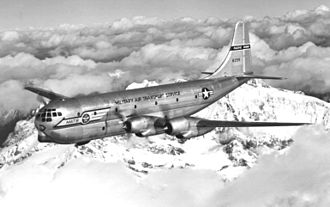 |
|
| General information | |
|---|---|
| Type | Military transport aircraft |
| Manufacturer | Boeing |
| Primary users | United States Air ForceIsraeli Air Force |
| Number built | 77 (total of 888 in all variants) |
| History | |
| Manufactured | 1944–1952 |
| Introduction date | 1947 |
| First flight | 9 November 1944 |
| Retired | 1978 |
| Developed from | Boeing B-29 Superfortress Boeing B-50 Superfortress |
| Variants | Boeing KC-97 Stratofreighter |
| Developed into | Boeing 377 Stratocruiser Aero Spacelines Pregnant Guppy Aero Spacelines Super Guppy Aero Spacelines Mini Guppy |
.
History Boeing Military
Boeing C-97 Stratofreighter
First flight 9 November 1944
Produced 1944–1952

The Boeing C-97 Stratofreighter was a long-range heavy military cargo aircraft developed from the B-29 and B-50 bombers. Design work began in 1942, the first of three prototype XC-97s flew on 9 November 1944 (none saw combat), and the first of six service-test YC-97s flew on 11 March 1947. All nine were based on the 24ST alloy structure and Wright R-3350 engines of the B-29, but with a larger-diameter fuselage upper lobe (making a figure of eight or "double-bubble" section) and they had the B-29 vertical tail with the gunner's position blanked off. The first of three heavily revised YC-97A incorporating the re-engineered wing (higher-strength 75ST alloy), taller vertical tail and larger Pratt & Whitney R-4360 engines of the B-50 bomber, flew on 28 January 1948 and was the basis of the subsequent sole YC-97B, all production C-97s, KC-97s and civilian Stratocruiser aircraft.
The C-97 Stratofreighter was developed towards the end of World War II by fitting a second lobe on top of the fuselage and wings of the B-29 Superfortress with the tail, wing, and engine layout being nearly identical.[3] The XC-97 and YC-97 can be distinguished from the Boeing 377 Stratocruiser and later C-97s by the shorter fin, and later ones by the flying boom and jet engines on the tanker models.
The prototype XC-97 was powered by the same 2,200 hp (1,600 kW) Wright R-3350 engines as used in the B-29. The XC-97 took off for its first flight on November 9, 1944,[4] just after the death of Boeing president Philip G. Johnson.
The C-97 had clamshell doors under its tail so that two retractable ramps could be used to drive in cargo, but it was not a combat transport able to deliver to primitive forward bases. The doors could not be opened in flight, but could be removed to carry out air drops. The C-97 had a useful payload of 35,000 lb (16,000 kg), which could include two 2½-ton trucks, towed artillery, or light tracked vehicles such as the M56 Scorpion. The C-97 featured cabin pressurization, which made long flights more comfortable. The C-97 was developed into the civilian Boeing 377 Stratocruiser, a transoceanic airliner that could be fitted with sleeper cabins and featured a lower deck lounge. The first Stratocruiser flew on July 8, 1947. Only 56 were built
0
KmCeiling
0
KmRange
0
Km/HAircraft Speed
0
Max Crew
Photo Gallery
Boeing C-97 Stratofreighter


Boeing Military Airplanes
Boeing C-97 Stratofreighter
General characteristics
- Crew: 5–6 (Pilot, Copilot, Navigator, Flight engineer, 1–2 Loadmasters)
-
Capacity:
- 134 troops or
- 69 stretchers or
- refuelling boom (three KC-97A
- Length: 110 ft 4 in (33.63 m)
- Wingspan: 141 ft 3 in (43.05 m)
- Height: 38 ft 3 in (11.66 m)
- Wing area: 1,734 sq ft (161.1 m2)
Powerplant
- Empty weight: (37,421 kg)
- Gross weight: (54,431 kg)
- Max takeoff weight: (79,379 kg)
- Powerplant: 4 × Pratt & Whitney R-4360B Wasp Major 28-cylinder air-cooled radial piston engines, 3,500 hp (2,600 kW) each
- Propellers: 4-bladed Hamilton Standard constant-speed fully-feathering propellers
Specifications
- Maximum speed: (604 km/h, )
- Cruise speed: (480 km/h,
- Range: (6,900 km, 3,700 nmi)
- Ferry range: (9,270 km,
- Service ceiling: (11,000 m)
- Wing loading: 69.2 lb/sq ft (338 kg/m2)
- Power/mass: 0.117 hp/lb (0.192 kW/kg)
Boeing C-17A Globemaster III
Links to Youtube & Others
The C-97 Stratofreighter was developed towards the end of World War II by fitting a second lobe on top of the fuselage and wings of the B-29 Superfortress with the tail.
Boeing
C-97 Stratofreighter
The Boeing C-97 Stratofreighter was a long-range heavy military cargo aircraft developed from the B-29 and B-50 bombers.
Youtube Link
The Boeing C-97 Stratofreighter was a long-range heavy military cargo aircraft developed from the B-29 and B-50 bombers.

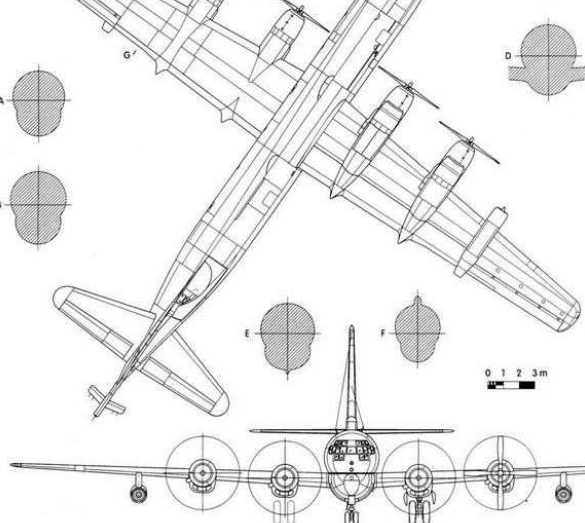

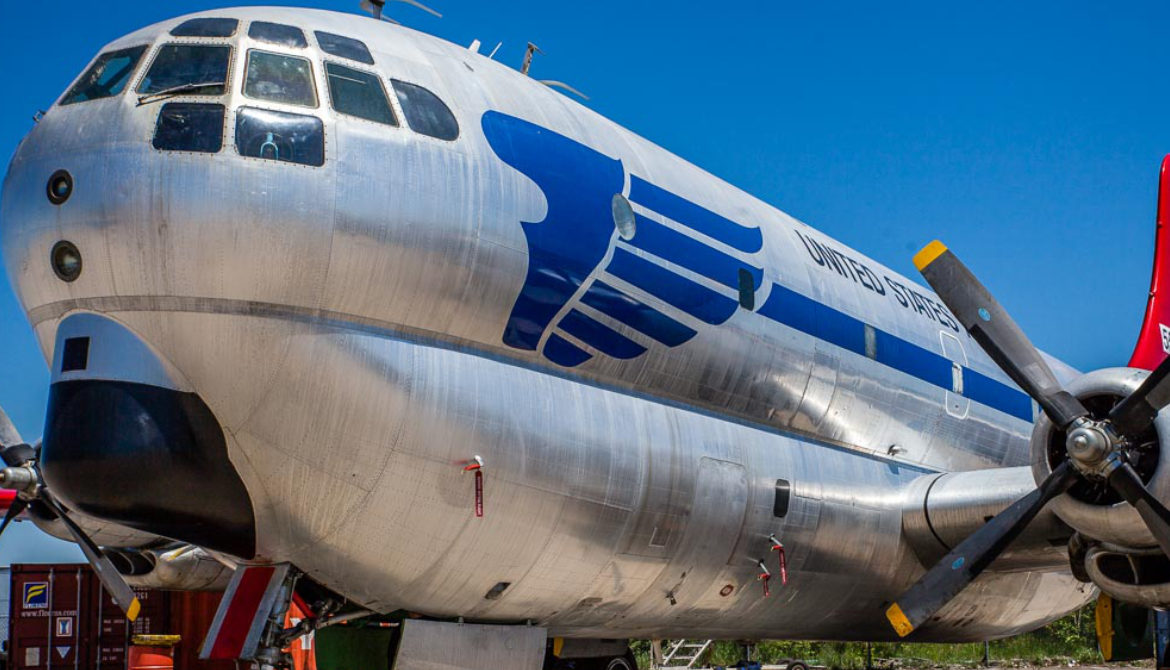
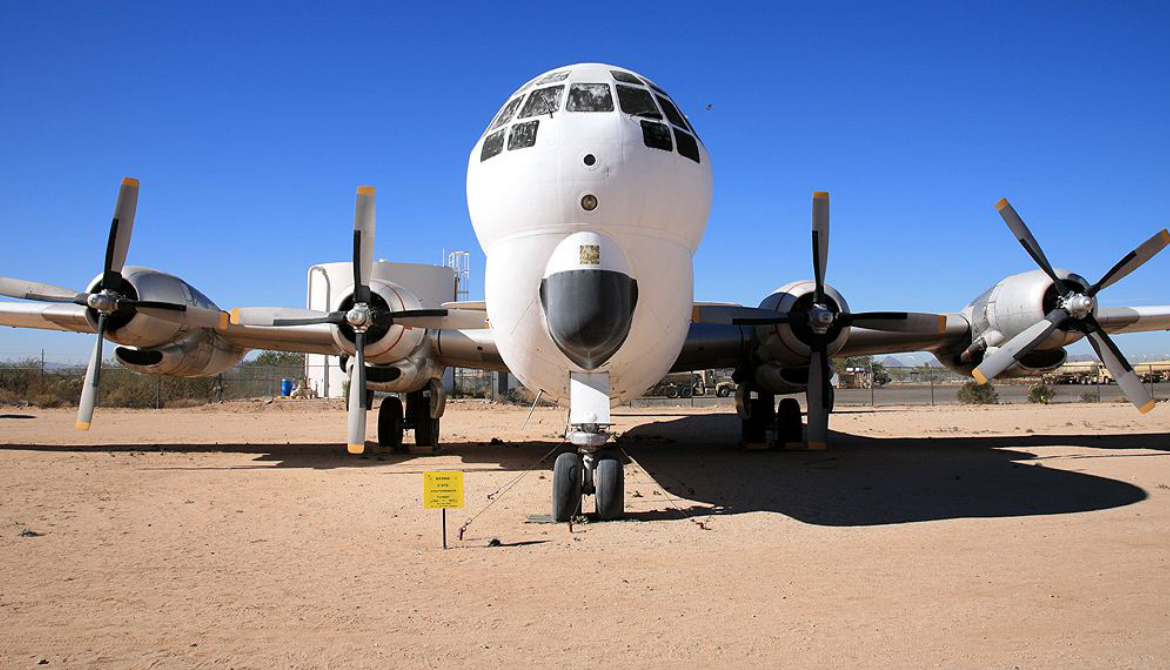
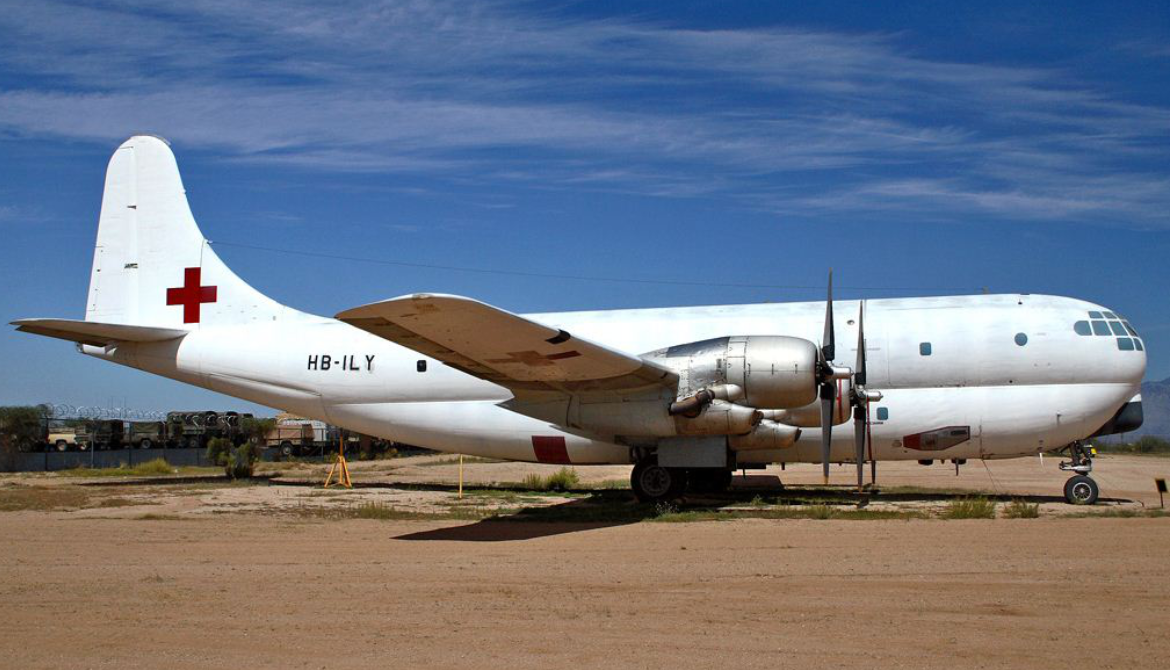
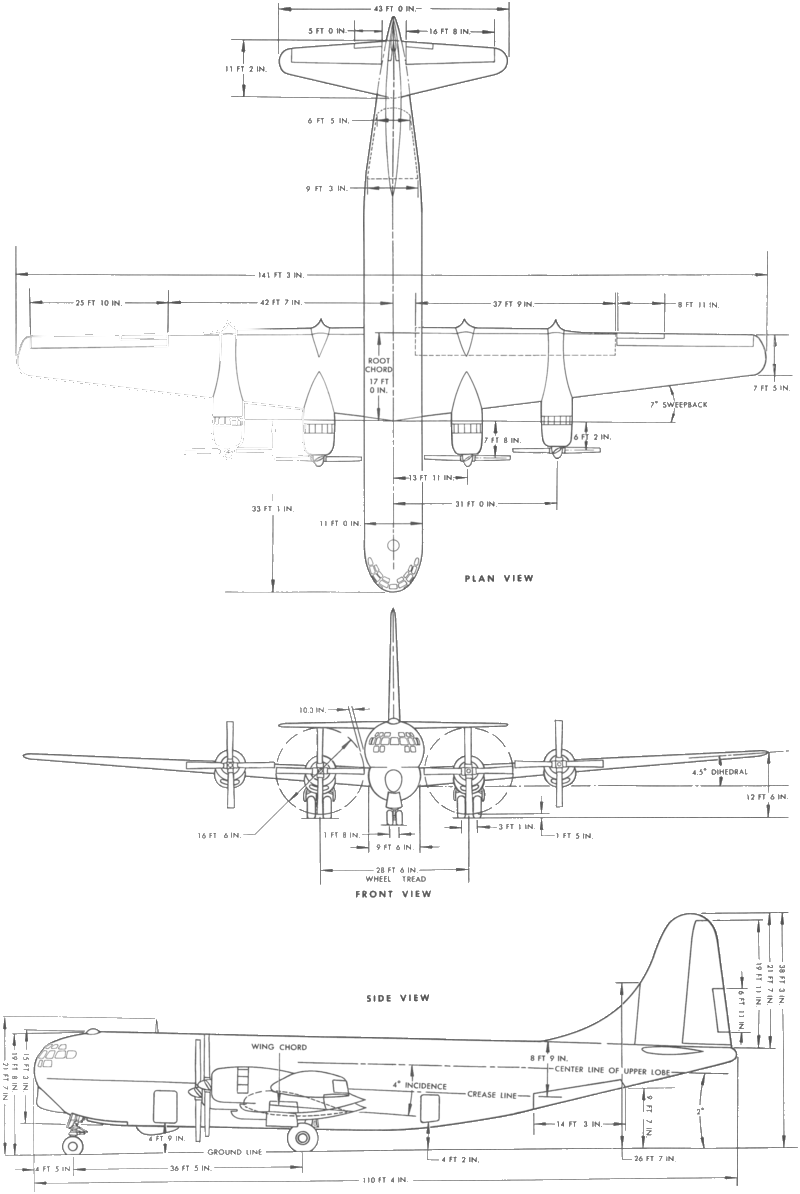


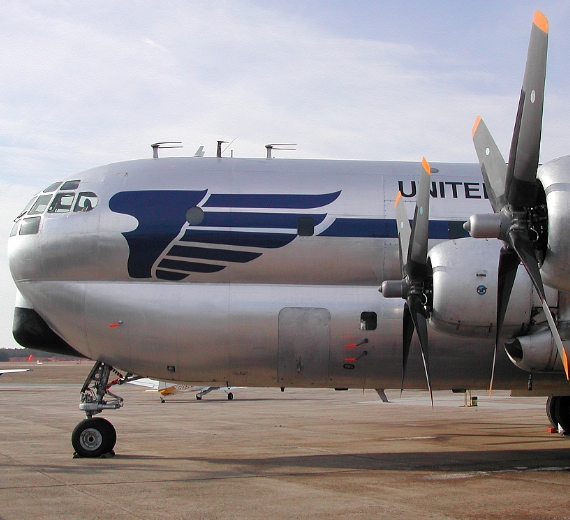



.svg.png)